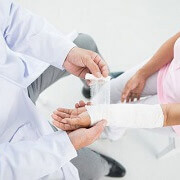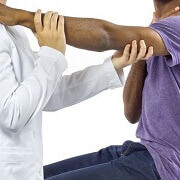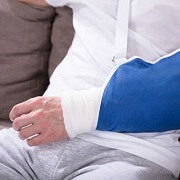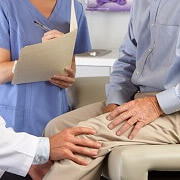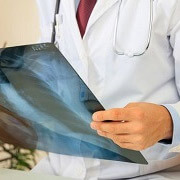Gout is one of the more than 100 types of arthritis. It was once called the “disease of kings,” because people mistakenly connected it with the savory meats and wine only the rich could afford.
Like all other forms of arthritis, it causes inflammation in the joints, but that’s where the similarity ends.
Osteoarthritis is the result of wear-and-tear of the joint cartilage, while rheumatoid arthritis comes from an autoimmune response. But gout occurs when you have a buildup of uric acid crystals in the joint space.
At Pinnacle Pain and Spine, Dr. Matthew Crooks and Dr. Stuart Rammell see patients with all types of arthritis, including gout, at their three locations around Scottsdale, Arizona. Because gout is a lesser-known form of arthritis, we at Pinnacle Pain and Spine want you to know who’s at risk.
Armed with this knowledge, you’ll know how to modify your lifestyle and when to seek medical help.
The causes of and risk factors for gout
Uric acid is a byproduct of your body’s breakdown of purines — naturally occurring compounds found in your body and in some foods and medicines.
Normally, your kidneys filter the uric acid out of your blood, flushing it from your system in your urine. But if you eat large amounts of purines, it can overload your kidneys. Or if your kidneys don’t work properly, they can’t remove the uric acid effectively.
In both cases, the waste accumulates and eventually deposits needle-like crystals in your joints.
Any joint can be affected with gout, but for unknown reasons, about 50% of first-time attacks happen in the big toe.
In addition to kidney disease, other underlying conditions that put you at risk for gout include obesity, hypertension, diabetes, and stress.
Lifestyle factors can also put you at risk, as certain foods, drinks, and medications raise your body’s uric acid levels and lead to gout attacks. These include:
- Organ meats (high in purines)
- Red meat
- Shellfish
- Excessive alcohol
- High-fructose foods and drinks
- Low-dose aspirin (81mg)
- Some diuretics (water pills)
- Immunosuppressants for organ transplants
Once the crystals build up in a joint, they attract the immune system’s white blood cells, which attack them. This leads to severe pain and chronic inflammation in the joint space. These crystals can also collect in your urinary tract, leading to kidney stones.
Diagnosing and treating gout
When you come in for an evaluation, we take a complete medical history and perform a physical examination. We also use imaging tests such as X-rays, computerized tomography (CT), and MRI scans to determine or confirm the underlying cause of your pain.
If we diagnose gout, we start by treating it with medication, which for acute attacks can include:
- Nonsteroidal anti-inflammatory drugs (NSAIDs)
- Colchicine, which may reduce gout pain but often isn’t well-tolerated
- Corticosteroids to reduce inflammation
- Viscosupplementation injections to reduce pain and stiffness by lubricating joints
There are also drugs that block uric acid production and/or increase uric acid removal. We determine if you’re a good candidate based on your history and a physical exam.
Preventing gout
Gout prevention is always preferable to gout treatment. But if you’ve already been diagnosed, use the following tips to prevent flare-ups:
- Know your risk factors
- Treat underlying medical conditions that increase your risk
- Stay well-hydrated
- Limit or avoid alcohol, especially beer
- Stay away from high-fructose corn syrup
- Limit red meat, organ meats, and shellfish
- Get protein from low-fat dairy products, which may also have a protective effect
- Maintain a healthy body weight
- Avoid fasting, which can temporarily raise uric acid levels
The more you’re aware of your risks, the better we can help you, and the better you’ll be able to help yourself.
If you want to learn more about gout, its risks, prevention, and treatment, contact us at Pinnacle Pain and Spine to set up a consultation. Call at 480-407-6400 for our Scottsdale, Chandler, and Fountain Hills, Arizona, locations, or request an appointment today using our online tool.
No related posts.


